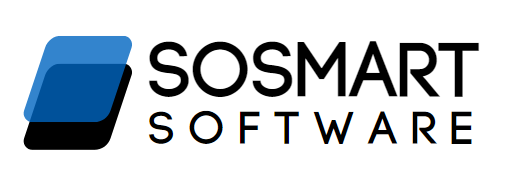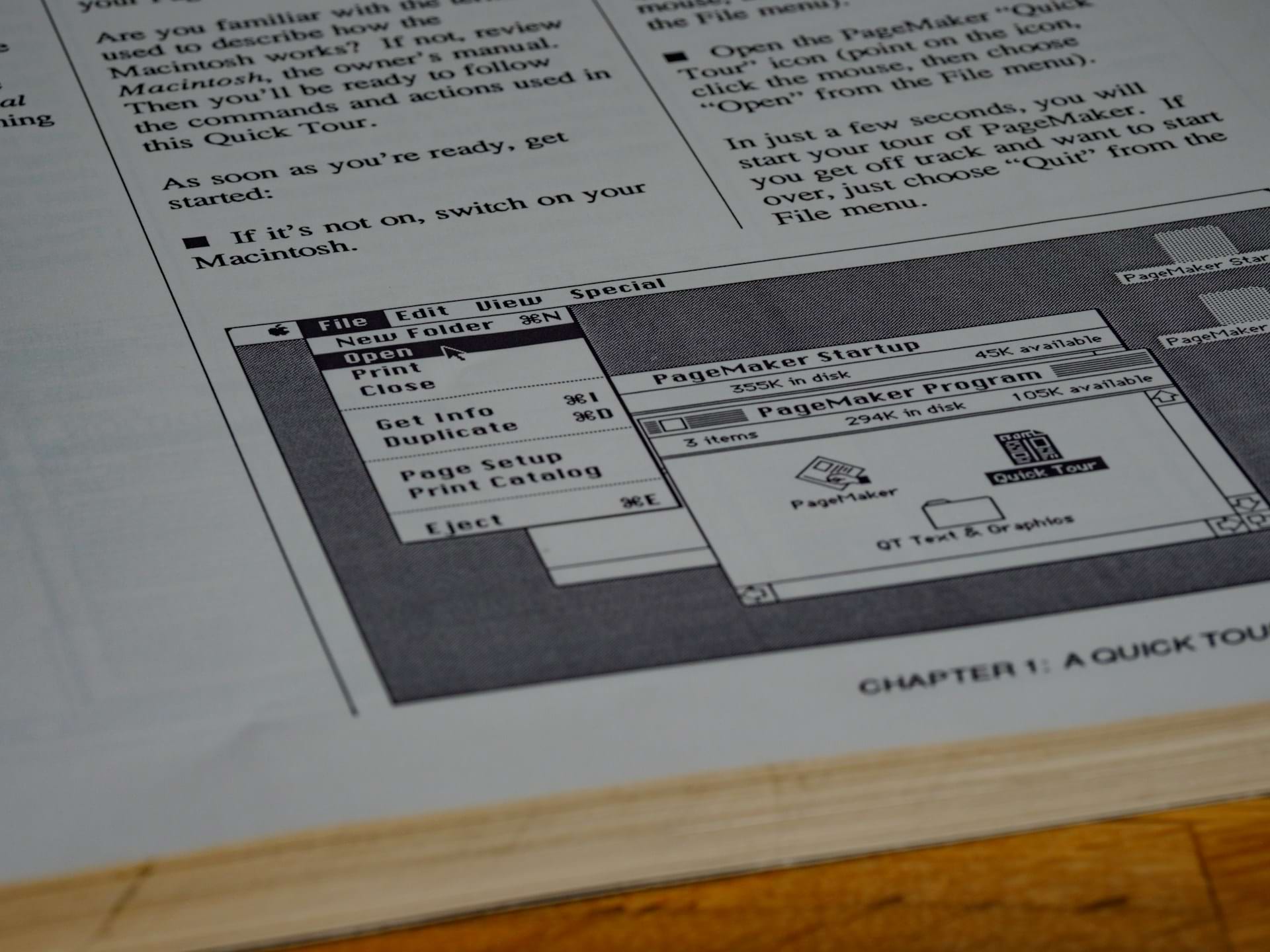Why technical writing matters in modern organisations
In a world where products and digital platforms become more sophisticated every year, organisations increasingly rely on technical writing services to transform complexity into clarity.
High-quality documentation is no longer an optional add-on: it is a strategic asset that influences customer satisfaction, product adoption, risk management, and post-sales support. Without well-structured explanations, even the most advanced technology can feel inaccessible. Clear documentation bridges the gap between engineers and end users, between product features and real-world use cases. It helps teams avoid misunderstandings, accelerates onboarding, and reduces time spent on technical support. For industries operating in regulated environments or with safety-critical systems, the right documentation can even be a compliance requirement. When created professionally, technical content becomes part of the user experience — not merely a reference but a guidepost that enables faster learning and confident decision-making.
The foundations of effective documentation
The first pillar of strong technical writing services lies in precision and audience awareness. Documentation must be scientifically accurate, but also readable for the specific group it is intended for. A manual prepared for system administrators must differ in structure and tone from a quick-start guide created for non-technical consumers. Good technical communicators continually balance detail with usability: they select terms with care, remove unnecessary jargon, and ensure that the reader never feels overwhelmed.
The second pillar is structure. Even excellent content becomes unusable when it is poorly organised. This is why professional documentation relies on careful information architecture — headings, navigation layers, cross-references and visual aids that guide the user logically from concept to action. Consistency across all materials also matters: when formatting, terminology and style follow predictable patterns, learning becomes intuitive and faster.

Visual thinking and user-first methodology
A third pillar that defines high-value technical writing services is the integration of visual communication. Diagrams, flowcharts, screenshots, and annotated images often convey relationships or processes more quickly than paragraphs of text. In complex environments such as cloud infrastructure, cybersecurity, industrial machinery or enterprise SaaS products, visual hints reduce cognitive load and increase confidence. Modern documentation is also increasingly interactive, often delivered through web portals, searchable knowledge bases, or embedded help within applications.
These solutions improve accessibility and enable continuous updates without disrupting product development cycles. A user-first methodology ensures that content is tested against real tasks: not “what the product does in theory,” but “how a real user achieves a result.” This focus results in safer usage, fewer support requests, and a smoother digital experience — especially when documentation evolves alongside the product lifecycle.

Continuous improvement and alignment with business goals
The fourth pillar of professional technical writing services is lifecycle thinking. Documentation cannot be treated as a static deliverable written once and forgotten. It must adapt as software releases introduce new features, as hardware evolves, or as regulations impose new obligations. Mature organisations approach documentation as part of process excellence: version control, internal reviews, stakeholder collaboration, and alignment with product strategy all play a role.
Continuous improvement also means collecting feedback from users and technical teams to enhance clarity over time. In many industries, well-maintained documentation has a direct impact on ROI — by reducing onboarding costs, lowering the burden on support departments, and improving product credibility across international markets. When properly managed, technical content becomes a living knowledge asset that strengthens the entire customer journey, from pre-sales to long-term usage. This is the essence of modern technical writing services: not simply writing manuals, but enabling understanding, trust and high-quality interaction with technology.





